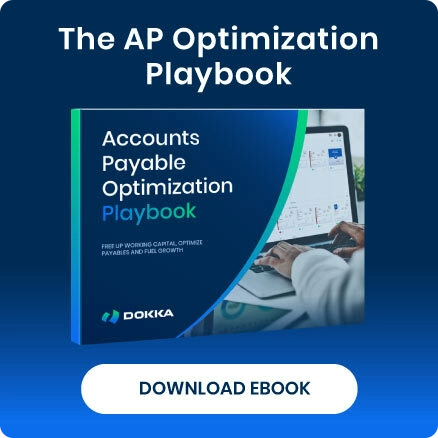Executive Summary
Video Title: Live Q&A With DOKKA: Which close tasks can be automated today?
Format: Live Q&A with audience questions
Duration: ~2 minutes
Speakers: Eric Edelstein (Co-founder, DOKKA), Omar Kleijer (VP of Product, DOKKA Close)
In this live Q&A session, the DOKKA team answered real-world questions from finance professionals about how to automate Accounts Payable and Financial Close workflows while maintaining control, auditability, and flexibility.
This video is part of the webinar “A Deep Dive Into Accounting Automation“. It is designed for CFOs, Controllers, AP Managers, and Accounting Ops teams looking to reduce close cycles, increase visibility, and move beyond spreadsheets.
Which close tasks can be automated today?
From bank statement retrieval to reconciliations, modern finance automation tools and API integrations reduce manual work and give controllers real-time visibility. Learn how automation is transforming the month-end close into a faster, more proactive process.
Transcript
Typically, the financial close takes about four weeks. In the last week of the month, the books are closed; in the first week, reconciliation begins; and the weeks in between are spent preparing for the close.
Historically, much of this time was consumed by data processing — creating postings and bookings. Once accounting was complete, controllers would step in to review reports, but there was often a significant time gap.
Today, many of those activities can be automated. For example, bank statements can be retrieved automatically, updates can run in real time, and matching engines can eliminate manual reconciliation. Controllers can even monitor progress while accounting activities are still underway.
Modern API integrations add even more flexibility by connecting different solutions. This enables organizations to use best-of-breed tools, automate end-to-end workflows, and adopt a “management by exception” approach. In this model, transactional activities are automated, and finance leaders can review continuously rather than waiting until month-end.

